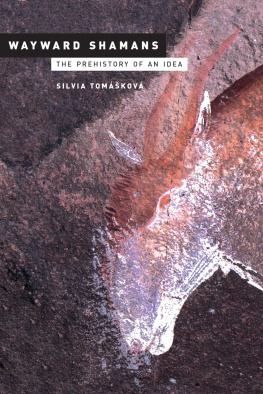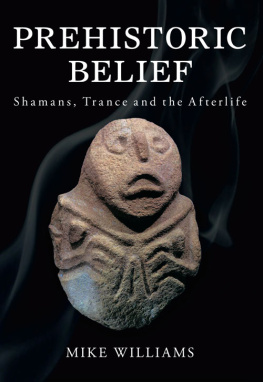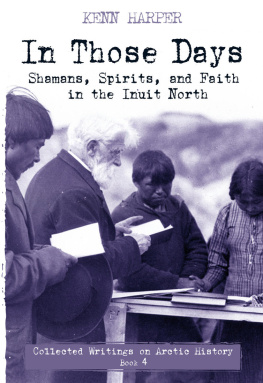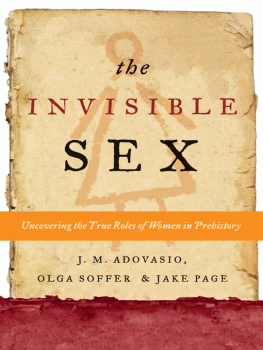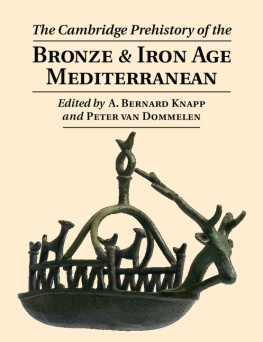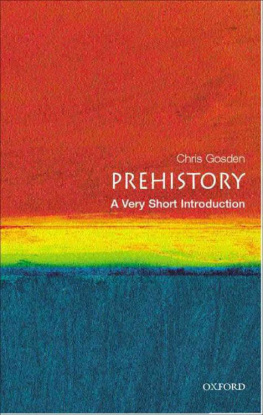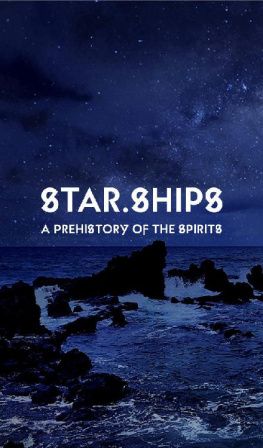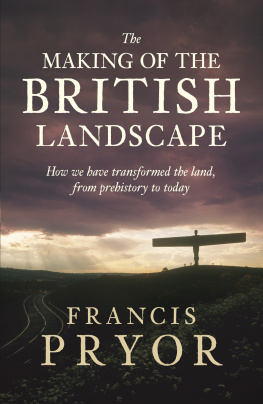
Wayward Shamans
Wayward Shamans
The Prehistory of an Idea
Silvia Tomkov

UNIVERSITY OF CALIFORNIA PRESS
BerkeleyLos AngelesLondon
University of California Press, one of the most distinguished university presses in the United States, enriches lives around the world by advancing scholarship in the humanities, social sciences, and natural sciences. Its activities are supported by the UC Press Foundation and by philanthropic contributions from individuals and institutions. For more information, visit www.ucpress.edu.
University of California Press
Berkeley and Los Angeles, California
University of California Press, Ltd.
London, England
2013 by The Regents of the University of California
Library of Congress Cataloging-in-Publication Data
Tomkov, Silvia.
Wayward shamans : the prehistory of an idea / Silvia Tomkov.
pages : illustrations, maps ; cm
Includes bibliographical references.
ISBN 978-0-520-27531-7 (hardcover : alkaline paper) ISBN 978-0-520-27532-4 (paperback : alkaline paper)
eISBN 9780520955318
1. ShamansRussia (Federation)Siberia. 2. ShamanismRussia (Federation)Siberia. 3. Siberia (Russia)Religious life and customs. 4. Siberia (Russia)Civilization. 5. Siberia (Russia)Colonization. I. Title.
GN475.8.T66 2013
201.44dc23
2012047119
Manufactured in the United States of America
22 21 20 19 18 17 16 15 14 13
10 9 8 7 6 5 4 3 2 1
In keeping with a commitment to support environmentally responsible and sustainable printing practices, UC Press has printed this book on 50-pound Enterprise, a 30% post-consumer-waste, recycled, deinked fiber that is processed chlorine-free. It is acid-free and meets all ANSI/NISO (z 39.48) requirements.
To my parents, Eva Tomkov and Jaroslav Tomek (in memoriam), who came to accept this wayward spirit.
Contents
Illustrations
Acknowledgments
The distance between an idea and the final book is always substantial. But the time this project took was much longer than usual as I kept uncovering new layers, new connections, new sources, and new ideas. I followed many of them much farther than anyone else would (or should). I am grateful to many institutions and individuals who provided support along the way. Several foundations and financial sources generously supported the research and writing that helped to complete this project. The Spray-Randleigh fellowship at the University of North Carolina enabled my research in Siberia, France, and Germany in 2004 and 2005. The American Council for Learned Societies awarded me the Ryskamp Fellowship in 20052006, the School for Advanced Research in the Human Experience in Santa Fe provided a residential fellowship in 20072008, and the Andrew W. Mellon Foundation made my stay in South Africa possible in 20102011. Aside from the essential financial resources, these foundations gave me the confidence that my idea was of interest and worth pursuing. Most valuable though were the prolonged periods of uninterrupted time to work on the project.
While I was conducting research in Akademgorodok, outside Novosibirsk, the librarian Tatiana Sergeevna eyed me suspiciously at first, waiting for my departure. Once it became clear that I was not going away, could speak Russian, and would gladly discuss politics, she brought out materials not in the catalogue, dusted off old files, and pointed me to books that turned out to be invaluable. The many cups of tea in between were as kind a gesture as all the materials. The staff at the Bibliothque at the National Museum of Archaeology in Saint-Germain-en-Laye in France deserves mention as well for facilitating access to all the boxes of personal correspondence between Cartailhac, Breuil, Reinach, and de Mortillet (even if his handwriting was truly illegible). The employees at the Bayerische Staatsbibliothek (Bavarian State Library) in Munich provided me with archival materials and access to specialized copying technology that I did not even know existed. My research in Munich was greatly accelerated by Eva Tomkovs expert translation of old German script. The special collections staff at the American Museum of Natural History in New York generously assisted my foray through photographs and personal correspondence from the Jesup North Pacific Expedition. Kristen Mable and Barbara Mathe in particular arranged for all the proper permissions and access. Andrea Felder at the New York Public Library helped with my requests for images with amazing speed and understanding. Lisa Viezbicke from Morse Library, Beloit College, Wisconsin kindly assisted with images from the Nuremberg Chronicle. Laurie Klein of Beinecke Rare Books and Manuscripts Library at Yale University provided the requested images from their collection; staff at the Houghton Library and the Map Library at Harvard University assisted with my numerous requests for images and reproductions. Kyril Tolpygo, the Slavic collections librarian at the University of Chapel Hill, tracked down, pursued, and obtained the Northern Lights Route map from Tromso University Library when I was ready to give up. His perseverance is greatly appreciated. John Robb at Cambridge University generously offered an image from his own project when I could not locate a particular reproduction. Thank you.
Stan Holwitz of the University of California Press encouraged this project from its inception, seeing in it a story worth pursuing even if it was then just an idea. When Blake Edgar and subsequently Reed Malcolm agreed to take the book over, many years later, it was a leap of faith only a few would make. I truly appreciate the trust.
Meg Conkey has been the most ardent supporter from my first year in graduate school. I will always be grateful for her constant encouragement ever since. Prehistoric art was not a research topic that I intended to pursue, but the intellectual challenge of the history of ideas led me to it despite my initial resistance. I hope that with this book I have made a contribution to the conversation Meg started, as a passionate and determined feminist scholar. Franoise Audouze was the first French archaeologist I ever met, and she set the bar high. Her kindness and mocking observations remained a cherished gift throughout this effort. Michael Bisson has been a steadfast academic mentor and a friend much longer than anyone else, and patiently endured many permutations of this book. While many people engaged my ideas in conversations over the years, the Centennial Class at the School for Advanced Research in Human Experience (SAR) in Santa Fe in 20072008 was a group who became family and true intellectual companions. Tutu Alicante, Omri Elisha, Joe Gone, Tiya Miles, Malena Morling, Monica Smith, James Snead, and Angela Steusse contributed to this book in so many intangible and personal ways. James Snead, in particular, shared my passion for the history of archaeology and willingness to pursue every tangential issue. Our group could only come together due to the nurturing atmosphere created by all the people at SAR, ably led by James Brooks and John Kantner, and nourished by Leslie Shipman.
In South Africa, I have benefitted from the support of the Department of Archaeology at the University of Cape Town. Judy Sealy and John Parkington in particular were welcoming and generous with their time. Sven Ouzman offered valuable suggestions and challenged my ideas, thereby helping with clarity when making connections between arguments. Ben Smith invited me to give a talk at the Rock Art Research Institute at Witwatersrand University in Johannesburg. I am grateful to him for the kindness with which he treated someone whom he had never met before. The South African Archaeological Society, and especially Yvonne Viljoen, invited me on a research trip that proved a wonderful introduction to South African rock art. Richard Foden generously gave me all his pictures when my camera failed, not to mention letting me drive his jeep through the snow of the Drakensberg Mountains. I met a number of truly impressive women in South Africa to whom I am grateful just for the acquaintance, their generosity and kindness. Denise Murray turned her house in Cape Town into our temporary home, and Brigitte Hall in Morija, Lesotho provided a few brief but memorable days. Our South African life would have been very different had we not reconnected with Justin Hyland and Margot Winer. What a gift!
Next page
